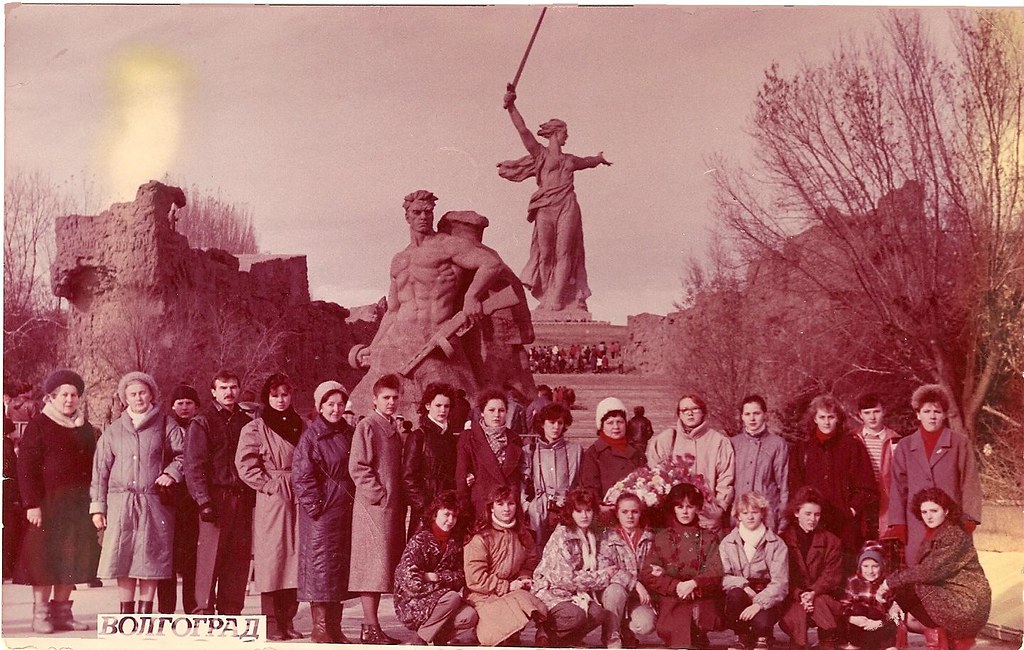
Описание: The original Mamayev Kurgan was a Tartar burial mound 102 metres high. The current formation is dominated by a memorial complex commemorating the Battle of Stalingrad (August 1942 to February 1943). The battle was a decisive Soviet victory over Axis forces on the Eastern front of World War II and arguably the bloodiest battle in human history. At the time of its installation in 1967 the statue named The Motherland Calls formed the largest free-standing sculpture in the world.When forces of the German 6th Army launched their attack against the city centre of Stalingrad on 13 September 1942, Mamayev Kurgan (appearing in military maps as "Height 103.0") saw particularly fierce fighting between the German attackers and the defending soldiers of the Soviet 62nd Army. Control of the hill became vitally important, as it offered control over the city. To defend it, the Soviets had built strong defensive lines on the slopes of the hill, composed of trenches, barbed-wire and minefields. The Germans pushed forward against the hill, taking heavy casualties. When they finally captured the hill, they started firing on the city centre, as well as on the railway station Stalingrad-1 under the hill. They captured the railway station on 14 September 1942. On the same day, the Soviet 13th Guards Rifle Division commanded by Alexander Rodimtsev arrived in the city from the east side of the river Volga under heavy German artillery fire. The division's 10,000 men immediately rushed into the battle. On 16 September they recaptured Mamayev Kurgan and kept fighting for the railway station, taking heavy losses. By the following day, almost all of them had died. The Soviets kept reinforcing their units in the city as fast as they could. The Germans assaulted up to twelve times a day, and the Soviets would respond with fierce counter-attacks. The hill changed hands several times. By 27 September, the Germans again captured half of Mamayev Kurgan. The Soviets held their own positions on the slopes of the hill, as the 284th Rifle Division defended the key stronghold. The defenders held out until 26 January 1943, when the Soviet winter offensive relieved them, trapping and destroying the German forces inside Stalingrad. When the battle ended, the soil on the hill had been so thoroughly churned by shellfire and mixed with metal fragments that it contained between 500 and 1,250 splinters of metal per square meter. The earth on the hill had remained black in the winter, as the snow kept melting in the many fires and explosions. In the following spring the hill would still remain black, as no grass grew on its scorched soil. The hill's formerly steep slopes had become flattened in months of intense shelling and bombardment. Even today, it is possible to find fragments of bone and metal still buried deep throughout the hill.
Tags:
Поиск и фотоизображения предоставлены компанией Flickr с помощью сервиса Flickr API согласно Правилам пользования сайтом Flick.com и его сервисами. Графические изображения являются публичными, размещёнными их авторами в свободный доступ (Public) и физически расположены на серверах Flickr. Все права на фотографии принадлежат их авторам согласно пользовательскому соглашению сервиса Flickr.com и охраняются законами, регулирующими авторские права.